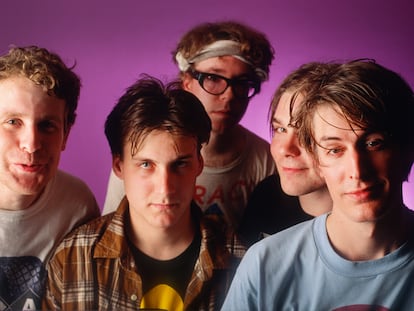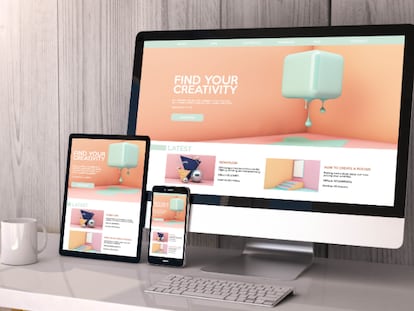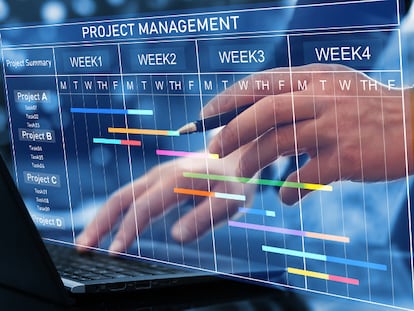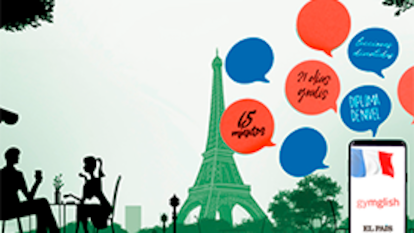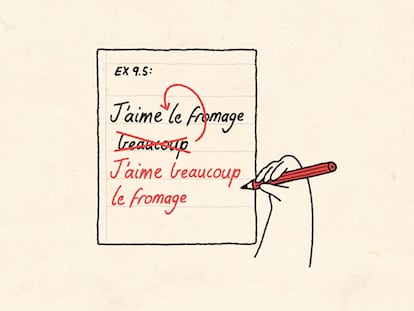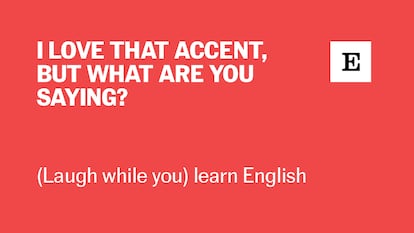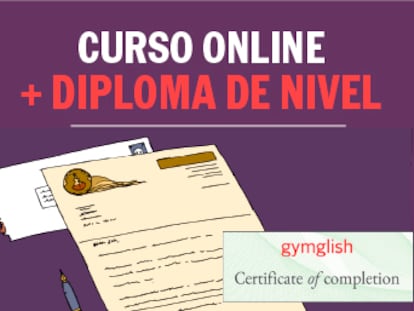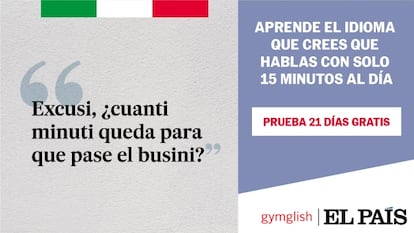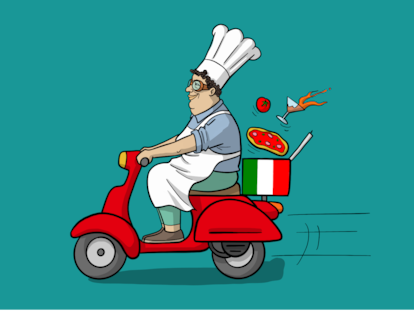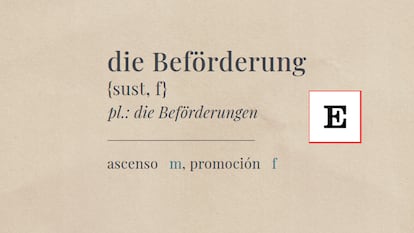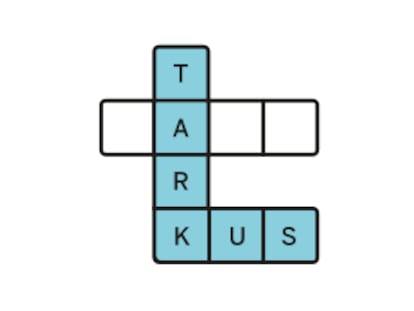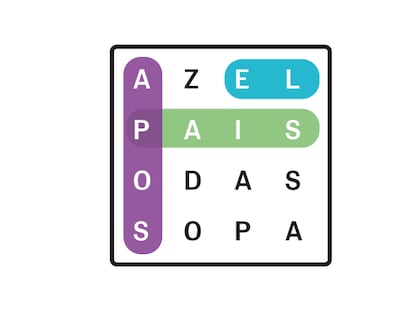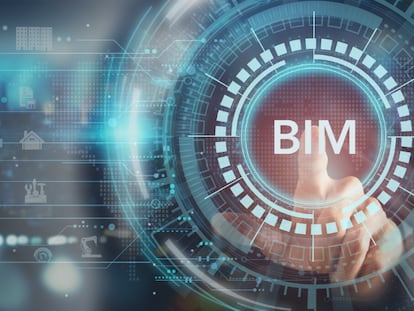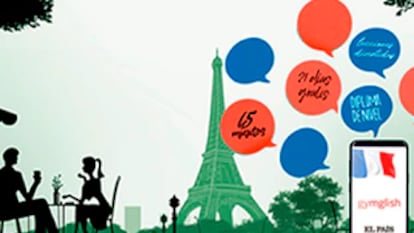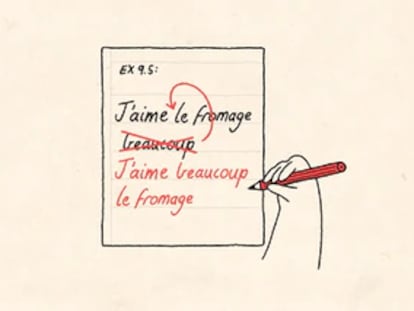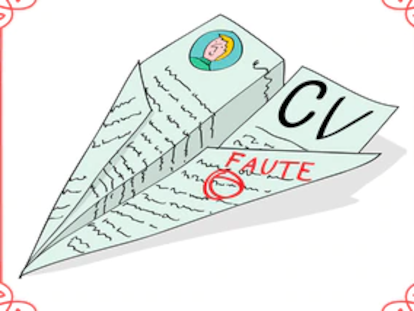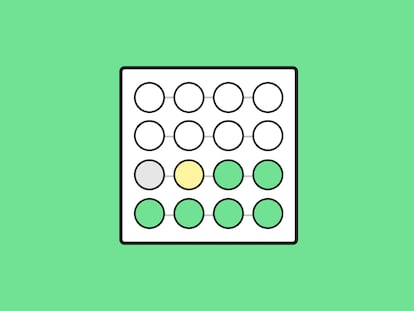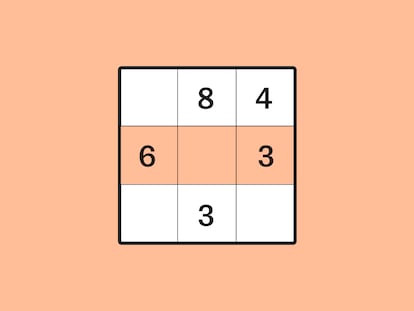Why it’s better not to listen to Spotify playlists
Two recent books reveal the business practices that influence the content offered by this music platform
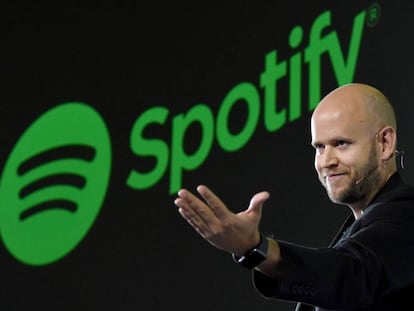
Spotify has all the world’s music… in theory. But its algorithms decide many things. Like other technology platforms, Spotify makes decisions to make more money. And this affects the music we listen to.
Two books about the company were recently released, detailing its inner workings and business practices: You Have Not Yet Heard Your Favorite Song (2024), by Glenn McDonald, a former “data alchemist” at Spotify, and The Mood Machine (2025), by journalist Liz Pelly. The first book is rather positive about the platform, while the second is negative. However, both ultimately agree on one essential thing: you should choose the music you want to listen to, without being swayed by Spotify’s playlists.
McDonald’s premise is that never before have so many people paid for music. Today, millions of people are paying Spotify $120 a year. In the book, he presents a thought experiment: back in the 1990s, some people would buy one CD a year for the price of $15, while others would buy 100 CDs a year, each spending $1,500. But today, these hypothetical consumers all spend the same amount annually for a Spotify subscription.
New book I’m starting to read.
— Gergely Orosz (@GergelyOrosz) December 15, 2024
This years Spotify Wrapped was surprisingly disappointing and missed the fun in last years. I learned that the person behind much of Wrapped in previous years was let go last year.
His name is Glenn McDonald and he is the author of this book. pic.twitter.com/92Bg9yuBz5
Spotify also arrived at a time when the music industry was weak, due to piracy. There was little for consumers to choose from. The music industry’s turning point came in 1999, the best financial year in its history. But successive crises reduced the sector to a third of its size. It’s now recovering, thanks to streaming… but it remains to be seen whether it will reach the heights of 1999. According to McDonald, streaming would need another seven years of growth — similar to what it experienced between 2014 and 2021 — to return to its peak.
Pelly’s idea is much simpler: Spotify uses music like any other commercial product: to make money. The sole objective is to eradicate silence: it doesn’t matter if this is done via indie artists’ music, or with white noise for sleeping. Musicians have no incentive to distinguish themselves. Rather, they are pushed to replicate the vibe of yet another Peaceful Piano Tunes or Your Favorite Coffeehouse playlist.
Just got to see Liz Pelly do a reading from her new book on Spotify (in a room full of Boston music royalty). Haven’t been this psyched for a book in an age. pic.twitter.com/rnFg2brt0s
— Jeff Melnick (@melnickjeffrey1) February 22, 2025
Spotify is, ultimately, another example of the simultaneously positive and negative impact of technology. Nowadays, we can listen to any song from any era and artist… but what do we lose with so many choices? Well, sometimes, we listen to music in bulk — without paying attention, just for ambiance — and Spotify takes advantage of this to make more money, like any other company. One way to avoid this is to distrust its playlists. Here are the main reasons why:
1. Cheap music for you, a loss for others
There are a ton of companies making anonymous, cheap music for Spotify playlists. They aren’t emerging bands or artists; rather, they’re companies that generate tons of music and disguise it as being from real bands. These companies make deals with Spotify to charge less per stream. This way, everyone wins… except for the users, who listen to the equivalent of hotel music, and the real artists, who compete with machines that churn out notes nonstop. This is even more common with the rise of AI.
Pelly discovered that this content had its own program on Spotify: “Perfect Fit Content” (PFC). This is how she describes it in her book: “For the musicians whose songs were being replaced by these ghost artists, it could be devastating: the difference between making a modest living or not. Some Spotify playlist editors were also devastated, [as they] watched the playlists they had proudly built become cheap content farms. ‘There were a lot of tears about this project internally at Spotify,’ one former employee told me. The PFC program was presented as a cost-cutting initiative.”
It started only with certain types of music. But by 2023, according to Pelly, more than 100 official playlists were made almost entirely with PFC. And these playlists were often promoted when a user searched for a particular mood. “Spotify went to great lengths to keep all of this hidden,” Pelly notes.
McDonald, a former Spotify employee, doesn’t mention this program in his book. But, on the same subject, he offers users some advice: make an effort to avoid playlists, cover art, and musicians with bland names. “When you let yourself be led by laziness, you’re most vulnerable to being sold mindless distractions labeled as ‘purposeful.’ In music, this is often cheap, soulless craftsmanship, repackaged for functional purposes: compilations of Jazz for Dinner or Music for Studying, made by anonymous or fictional bands,” he writes.
McDonald doesn’t explicitly share the secret sauce, but confirms what Pelly writes: there’s a lot of fake music on Spotify mood playlists made for people who don’t care about the origin or quality, so long as they have something on in the background.
In a statement shared with EL PAÍS, representatives of Spotify say that the company “prioritizes listener satisfaction” and that its decisions focus “on music that connects positively with users.” A portion of its user demand is for “mood or background music.” The company adds that all music is licensed “to Spotify by the [copyright] holders” and that “while the terms of each agreement vary, none guarantee inclusion on any playlist.”
2. Are you an artist? You can pay to be featured
This wasn’t a secret, but it remains to be seen whether it’s legal. In a program called Discovery Mode, artists can agree to charge 30% less for their streams, in exchange for Spotify placing them on more playlists.
Spotify sells this as an opportunity: each artist can better publicize the songs that they believe have the most potential. But the reality is that this leads to highly-streamed playlists, where Spotify pays less. In 2022, three U.S. congresspeople wrote to the company to complain. This practice was already occurring when radio was the dominant means of communication, in a system referred to as “payola.” It was banned in the 1950s.
3. The major record labels get their cut
There are 10 million artists on Spotify, but in 2022, 95% of payments were made to only 200,000 of them. “Of the top 1,000 artists on Spotify — last time I checked — only 38 were nominally independent,” McDonald writes.
According to Pelly, major record labels play by their own rules, with hidden agreements: “Like other digital platforms, Spotify’s priorities can be gleaned by studying its interface. To get a sense of how the company thinks about indie music, a user can click on the ‘Search’ page and then the ‘Indie’ label. The top three charts promoted on the Indie page are Indie Cover, Lorem, and Pollen. When I examined the Indie Cover chart in the spring of 2024, a quarter of the chart was made up of music from major labels, [while] another quarter was attributed to independent labels with major-label distribution.”
4. Independent musicians-turned-content-creators
According to McDonald, a moral objective of our listening should be to focus on living musicians: “The best objective is to support the art being made today, [as well as] the artists who make it. Listeners who have already passed away can’t do that… and listeners of the future will be occupied with [the songs of their age]. These songs are ours,” McDonald affirms. “[The stock of] old music supports [cultural heritage] and collectors,” he adds.
The problem today is that Spotify rewards creators who are focused on releasing tracks, uploading them to TikTok, making them go viral and creating content in parallel: “Daniel Ek (the founder of Spotify) essentially tells artists to stand on their own two feet, work harder, produce music faster and do so on terms acceptable to the streaming industry: a steady drip of shorter, quick-hitting tracks to attract engagement and trigger algorithms, rather than the reflexive rhythm of album cycles of the past,” Pelly writes. “In Ek’s world, the model artist seems to be one who continually releases new content, assesses its reception and reviews the stats. At what point do these movements stop being [artistic endeavors] and start becoming something else?”
In the world of Spotify, it’s clearly better to be a solo artist: “Spotify’s system, in general, doesn’t seem to consider musicians who work with teams. [This financial reality] also shapes the image of the model musician in the streaming era, pushing artists toward an unyielding individualism,” Pelly explains.
5. How the money is distributed
One of the most confusing things about Spotify is how much it pays per stream. There’s no fixed price. The calculation works like this: each month, the company pools all the money it receives from listeners into a pot, which it distributes based on that month’s streams. Therefore, if a user pays $10 per month and only listens to a single song that month, not all of their money goes to that artist… but generally, the more a song is streamed on Spotify, the more the singer will earn.
The best way to support your favorite artist is to listen to them a lot. Are Bad Bunny‘s millions of fans more likely to listen to his songs nonstop? Or are the thousands of fans of an obscure Italian punk band more loyal? If Italian punks are more persistent, they’ll earn a little more. Especially if the band doesn’t split its revenue with multiple intermediaries.
Hence, this is the best way to listen to Spotify: not relying on its playlists, being less lazy when it comes to choosing real artists, rewarding risk and musical variety… and not letting just anything play for hours on end.
Sign up for our weekly newsletter to get more English-language news coverage from EL PAÍS USA Edition
Tu suscripción se está usando en otro dispositivo
¿Quieres añadir otro usuario a tu suscripción?
Si continúas leyendo en este dispositivo, no se podrá leer en el otro.
FlechaTu suscripción se está usando en otro dispositivo y solo puedes acceder a EL PAÍS desde un dispositivo a la vez.
Si quieres compartir tu cuenta, cambia tu suscripción a la modalidad Premium, así podrás añadir otro usuario. Cada uno accederá con su propia cuenta de email, lo que os permitirá personalizar vuestra experiencia en EL PAÍS.
¿Tienes una suscripción de empresa? Accede aquí para contratar más cuentas.
En el caso de no saber quién está usando tu cuenta, te recomendamos cambiar tu contraseña aquí.
Si decides continuar compartiendo tu cuenta, este mensaje se mostrará en tu dispositivo y en el de la otra persona que está usando tu cuenta de forma indefinida, afectando a tu experiencia de lectura. Puedes consultar aquí los términos y condiciones de la suscripción digital.
More information
Archived In
Últimas noticias
The metaverse, four years later: Is it finished or just at a standstill?
$3,000 and a plane ticket: The United States increases incentives for migrants to self-deport before the end of the year
Charles Dubouloz, mountaineering star, retires at 36 with a farewell tour inspired by Walter Bonatti
From the White House to diplomatic gifts: Lego wins over adult fans, brick by brick
Most viewed
- The low-cost creative revolution: How technology is making art accessible to everyone
- Christian Louboutin: ‘Young people don’t want to be like their parents. And if their parents wear sneakers, they’re going to look for something else’
- All the effects of gentrification in one corner of Mexico’s Colonia Roma
- Christmas loses its festive spirit: ICE fears cast shadow over religious celebrations
- Liset Menéndez de la Prida, neuroscientist: ‘It’s not normal to constantly seek pleasure; it’s important to be bored, to be calm’

